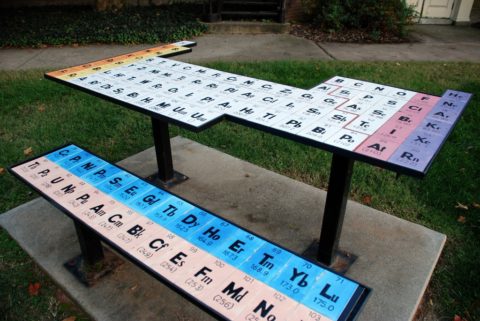I’m a bit confused, I had assumed that the complete stereochemistry of the anticancer drug Taxol (paclitaxel) had been assigned years ago, presumably at the point when its first total synthesis was performed if not before. I’ve written about the compound several times, in particular reporting that first total synthesis of the compound in the UK paper, The Daily Telegraph.

However, it seems there is ambiguity spreading across the net. Most notably, ChemSpider’s Tony Williams tells me (and has blogged about it), there is a potential discrepancy in the structure of Taxol given in Wikipedia.
Now, I know for a fact that Wikipedian chemist Martin Walker (see my recent interview with him in Reactive Reports) who is a member of the ChemSpider advisory board will already be on the case to double check and check again the structure in Wikipedia.
Aside from the politics of open access information and data, it is crucial that services like ChemSpider and Wikipedia give their users the correct structure for any given compound. There must be dozens of synthetic organic chemists who have carried out full stereochemical assignments on Taxol and know for certain the correct structure. Perhaps it’s time we had a referendum so that the winning structure could be posted to Wikipedia and other information repositories.
